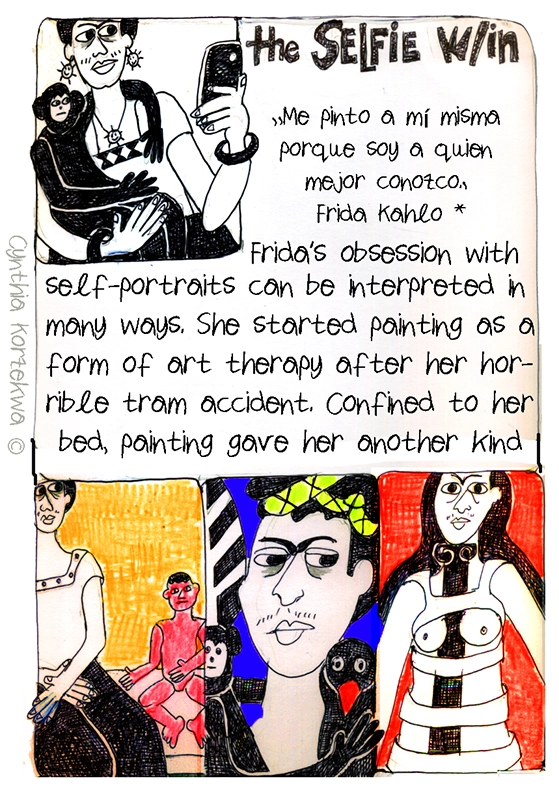
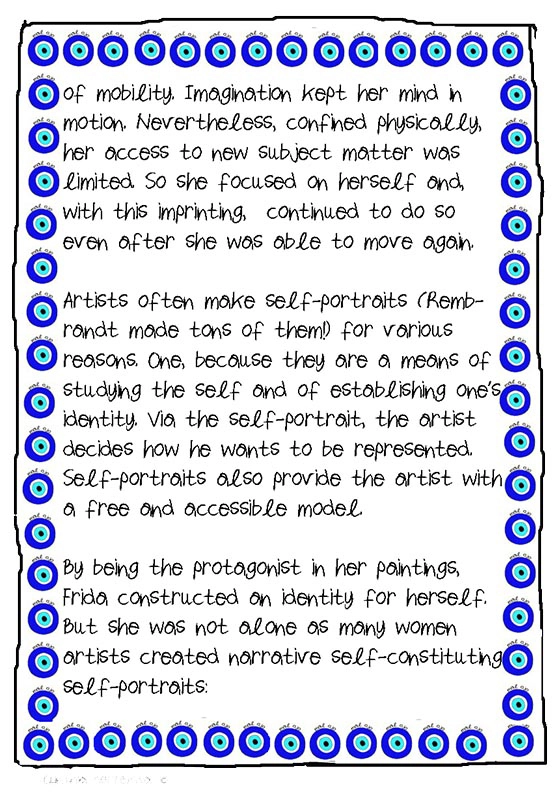
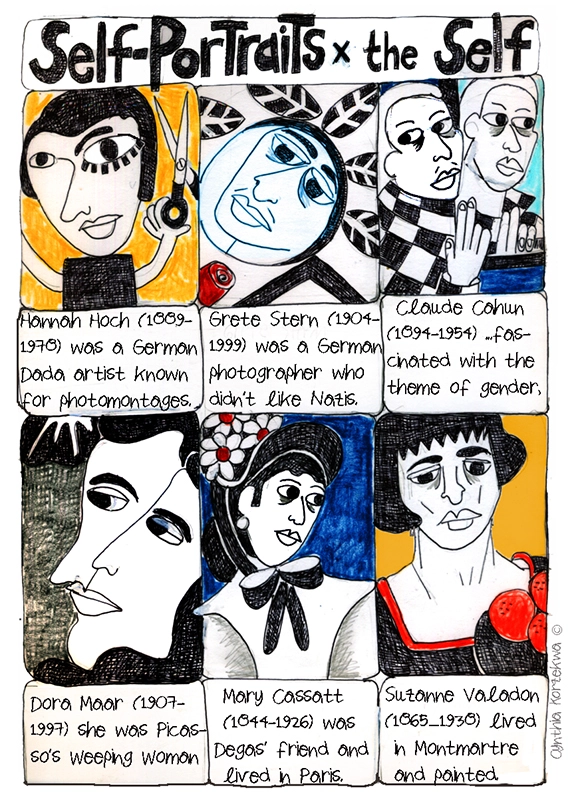
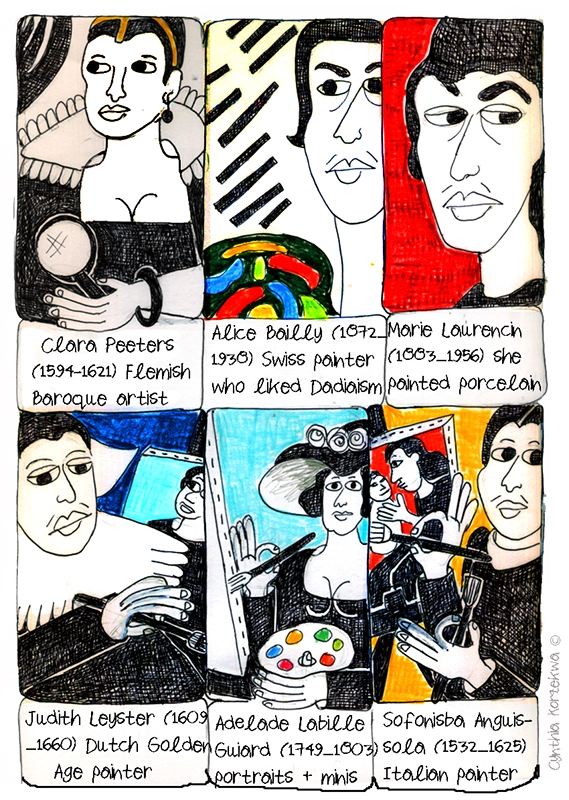
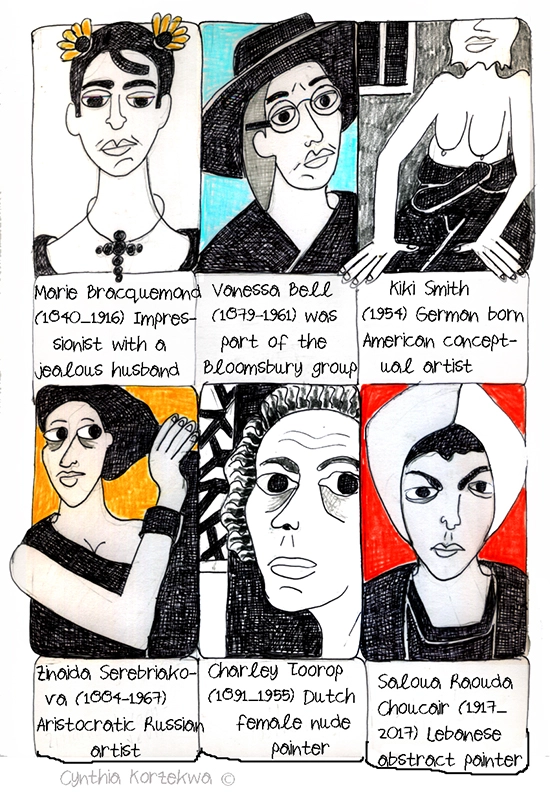

Cynthia Korzekwa ©
reblogged from Frida Kahlo Wears Huipiles, 5 july 2018






reblogged from Frida Kahlo Wears Huipiles, 5 july 2018
Love is for the colorblind and childhood is our lifelong shadow. Sometimes it’s a friend, sometimes it’s a foe. One hot summer afternoon, in The Secret Life of Bees, two girls are in the yard playing with the water’s sprinkler.
The girls have a difficult rapport. It’s a tug of war. But the fighting turns into play. The barriers are broken and the two overcome their difficulties.
So, instead of using guns and wars, why not go out into the garden and fight it out with a hose?
-30-
For JOY who brings joy!
This post originally appeared on my blog Frida Kahlo Wears Huipiles that’s now dormant. Before I close Frida down completely, I will be sharing parts of the blog here.
Japanese artist Miyako Ishiuchi takes photographs of clothes. She began doing so after her mother died. Miyako’s mother had a strong personality and lived in a time that went through numerous metamorphoses. By photographing her mother’s intimate effects such as lingerie, shoes and cosmetics, Miyako examined the memory she had of her mother. Because clothes give us an identity.

A few years after photographing her mother’s belongings, Miyako began a new project: Yokosuka Story. She started photographing the personal objects of those who’d lost their lives in the American bombing of Hiroshima treating the objects just like a saint’s relics. Thus the victims are seen as martyrs. Objects like combs, watches, and shoes are the only things left of a life obliterated by a bomb.

After Frida’s death, Diego Rivera had her wardrobe with all her personal belongings locked up. It was kept this way for 15 years after his death. But it wasn’t until 2011 that the contents of the wardrobe were photographed. And it was Miyako Ishiuchi who was selected as photographer photographing the clothes was like photographing a person.
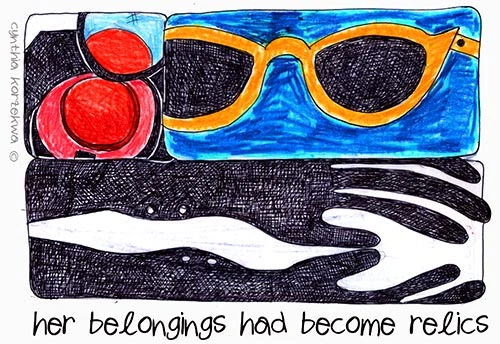
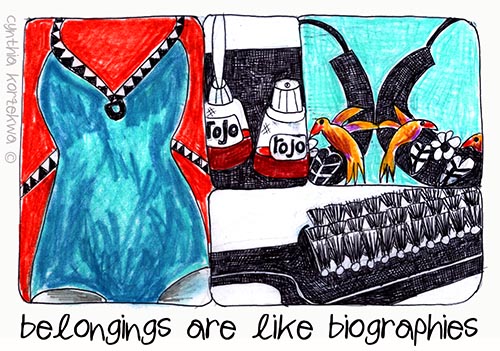
“If I met her, I wouldn’t ask any questions. I would only want to stare at her and touch her body.” Japanese photographer Ishiuchi Miyakois talking about Frida Kahlo.
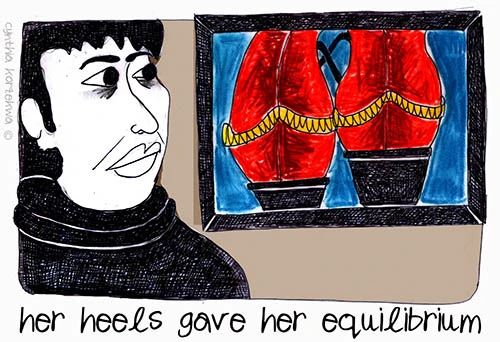
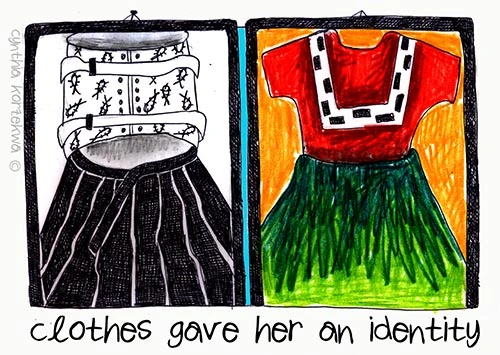

The artist Käthe Kollwitz was born in Konigsberg in 1867. Because of its strategic position, Konigsberg, a port city on the Baltic Sea, was once a part of Prussia before it became a Russian city. Geographical borders at the time had more mobility than they do today. And this mobility created uncomfortable dynamics for the population.
Käthe was largely influenced by her grandfather who was a rebellious Lutheran pastor. He tutored Käthe in religion and socialism.
When she was 12, Käthe’s father recognized her drawing abilities and enrolled her in a drawing class in Berlin where Realism was promoted. Here she saw Max Klinger’s etchings that gave her ideals as an artist a new direction.
When 17, Käthe met Karl Kollwitz, a medical student. The two married and Karl set up his medical practice focusing on the poor. Already influenced by her grandfather, her husband’s patients stimulated Käthe’s compassion and commiseration. Compared to the bourgeois, the proletariat had guts because it takes guts to survive poverty.
See Käthe’s Misery HERE.
Käthe’s sensitivity and anxiety related to the less fortunate may have been, in part, due to the death of her siblings during her childhood. So much loss left her permanently scarred.
Some scholars believe that Käthe may have suffered from a neurological disorder sometimes referred to as the Alice in Wonderland Syndrome because of the hallucinations it causes.
In 1893, Käthe went to the premier of Gerhart Hauptmann’s play, “The Weavers” based on the 1844 uprising by the Silesian weavers. Käthe, as was the rest of the audience, was greatly moved. Artistically inspired, she abandoned her plans to illustrate a book by Emile Zola to focus, instead, on a series of etching to express the daily despair of the proletariat.
See Käthe’s sketch for Run Over (Überfahren) HERE. For the print HERE.
Käthe was a committed socialist and pacifist. In 1914, her son, Peter, was killed on the battlefield. After she lost her son to war, Käthe began to suffer from depression and her thoughts got darker and darker. And this pain can be seen in her etchings—children begging for food and mothers holding their dead babies.
In her diary, Käthe wrote that she made these etchings as she felt “it is my duty to voice the sufferings of humankind, the never-ending sufferings heaped mountains high.”
Any war is a war on children. Because war kills and maims. It destroys homes and families. War slaughters mothers and fathers leaving small children orphaned. War causes displacement, both physical and psychological. It also destroys the environment making life post-war survival a challenge.
See Käthe’s Woman with Dead Child HERE.
“Every war already carries within it the war that will answer it. Every war is answered by a new war, until everything is smashed.” Käthe Kollwitz
War is proof of man’s stupidity.
Stupid people are dangerous because they don’t realize that they’re stupid, so they continue to make stupid decisions. That’s why Dietrich Bonhoeffer said that stupid people are more dangerous than people who are evil. Because stupid people don’t understand the concept of consequences.
Bonhoeffer lived during the time Hitler came to power. It was a drama for him morally as he could not condone what Hitler wanted to do. And while Bonhoeffer suffered for his homeland, he began to understand that war and totalitarian regimes were not the consequences of evil but of stupidity.
Even in front of the obvious, stupid people will deny the truth for they are too stupid to transcend their own prejudices.
Because a stupid person cannot go beyond the self, they often see facts as inconsequential compared to their cliché constructed reasoning.
See Käthe’s sketch for The Mothers HERE.
People in power are given that power by stupid people. Power needs stupidity to survive.
In 1945, tired of the stupidity, Bonhoeffer got involved with a plot to kill Hitler. But he was caught and executed two weeks before the U.S. liberated the camp where he was being held prisoner. While imprisoned, Bonhoeffer wrote.
“Against stupidity we have no defense. Neither protests nor force can touch it. Reasoning is of no use. Facts that contradict personal prejudices can simply be disbelieved — indeed, the fool can counter by criticizing them, and if they are undeniable, they can just be pushed aside as trivial exceptions. So the fool, as distinct from the scoundrel, is completely self-satisfied. In fact, they can easily become dangerous, as it does not take much to make them aggressive. For that reason, greater caution is called for than with a malicious one. Never again will we try to persuade the stupid person with reasons, for it is senseless and dangerous.” — Dietrich Bonhoeffer
See Käthe’s Death Series HERE.
Bonhoeffer also wrote that “the ultimate test of a moral society is the kind of world that it leaves it children.”
NO MORE WAR by Kollwitz
“It was late November and, animated by the chill, I went to see the exhibition of Käthe Kollwitz’ etchings at the Obelisco in via Sistina.”
For several years, I kept the blog Frida Kahlo Wears Huipiles. But, as part of my “Let’s Make Life Easier” Mission, I gave up the domain.
To keep from losing all my Frida posts, I will periodically reblog them here.